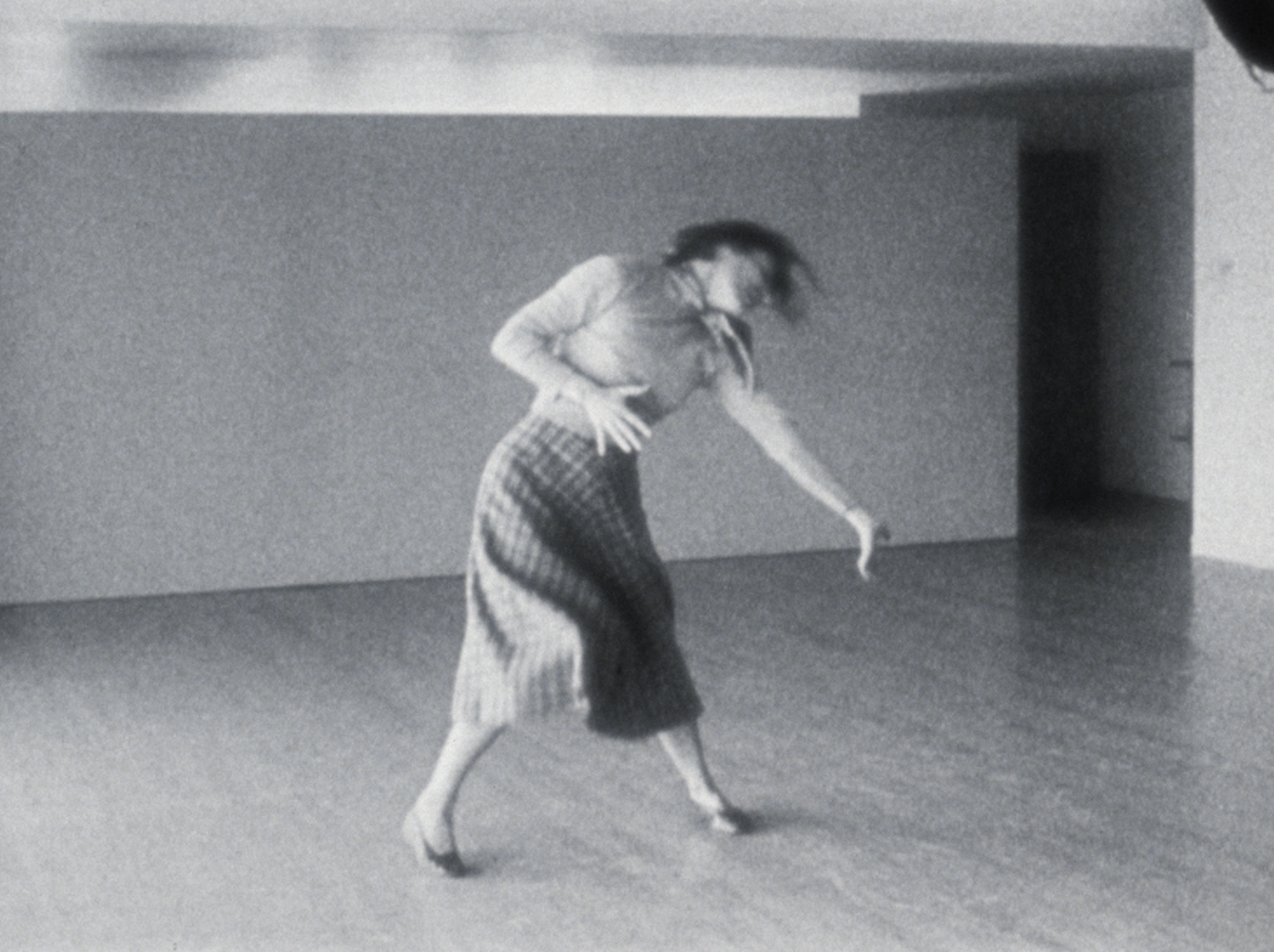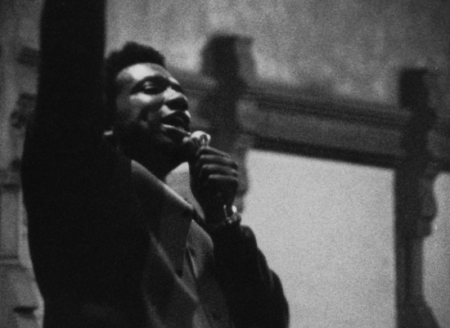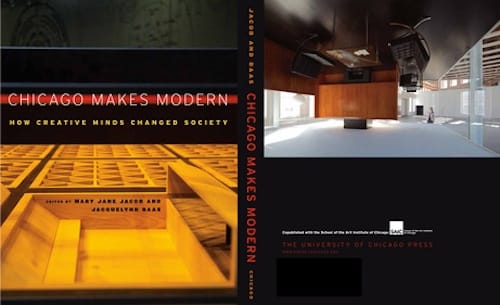
Full cover and spine of CHICAGO MAKES MODERN
At the turn of the new year, University of Chicago Press and the School of the Art Institute of Chicago published the anthology Chicago Makes Modern: How Creative Minds Changed Society. This much-needed scholarship, co-edited by Mary Jane Jacob (School of the Art Institute of Chicago) & Jacquelyn Baas (University of California Berkley Art Museum & Pacific Film Archive), looks at Chicago’s connection to the twentieth-century modernist movement and discusses how and why the Windy City continues to drive the modern world. More specifically, it looks at the key Chicago figures or innovators entrenched in modernism, from “the radical social and artistic perspectives implemented by Jane Addams, John Dewey, and Buckminster Fuller to the avant-garde designs of László Moholy-Nagy and Mies van der Rohe.”
The chapter titled “Designers in Film: Goldsholl Associates, the Avant-Garde, and MidcenturyAdvertising Films” shines light on the Chicagoans, Morton (Mort) and Millie Goldsholl. Here, Amy Beste (School of the Art Institute of Chicago) looks at the Goldsholls’ relation to the Bauhaus-inspired School of Design and the industrial films that came out of their design firm, Goldsholl Design Associates. Chicago Film Archives acquired the fascinating film collection of Mort and Millie Goldsholl back in 2012. The Mort & Millie Goldsholl Collection consists of commercials and industrial films that Goldsholl Design Associates made for their clients, experimental films and animations made by both Mort and Millie, unedited travel films shot by Mort and Millie and films (primarily animated) that the two collected over the years.
The industrial films within this collection played a significant role in Beste’s Goldsholl scholarship, some of the first on the two. Beste describes these particular films as “playful, constructivist collages, stylized graphic animation, and dazzling light displays.” From the time the Goldsholls began making films in the late 1950s through the 1980s, their work reached millions of viewers in conference rooms, living rooms, and film festivals across the country. But, as Beste proclaims, “In spite of their importance to design, film advertising and regional history the Goldsholls are virtually unknown today.”
With the help of Beste’s scholarship, we here at CFA hope to correct this omission in design history by reintroducing audiences to the innovative films that Mort & Millie made and collected over the years. In fact, a Goldsholl screening is currently in the works (more details TBA). In the mean time, you can view an interview with Millie Goldsholl and a selection of her films, here.


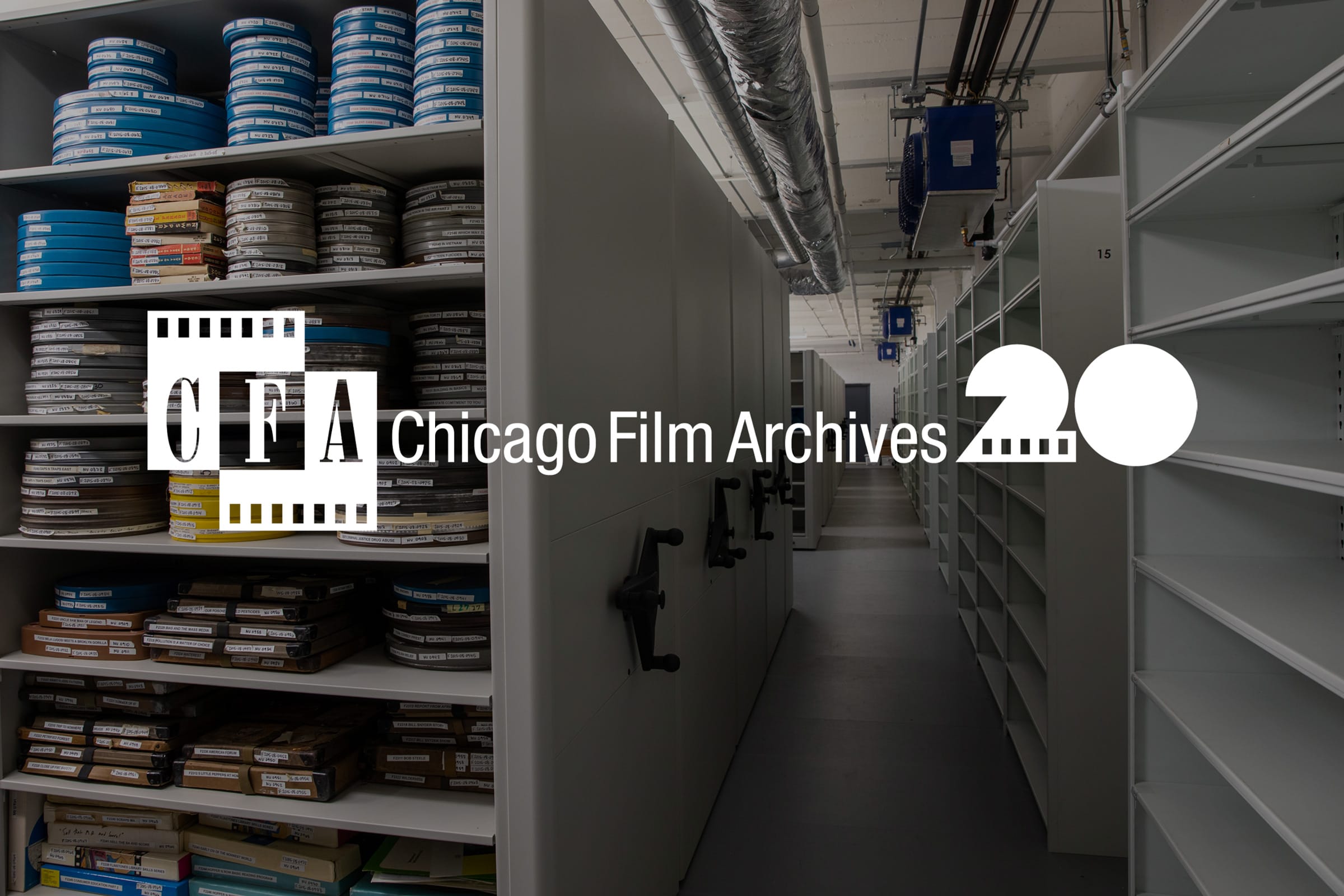
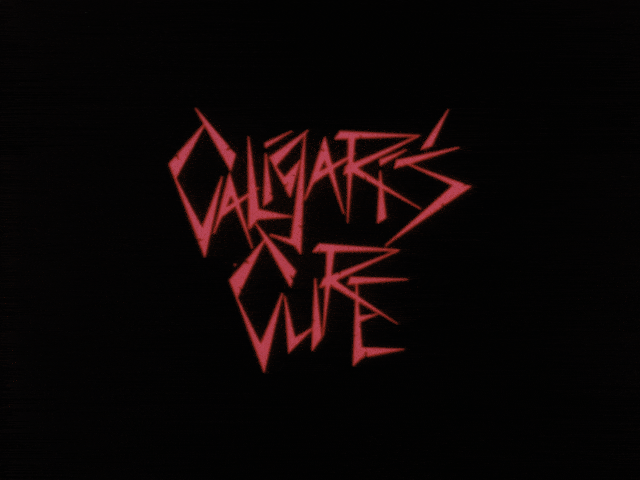
![[Rudy Lozano]](https://www.chicagofilmarchives.org/wp-content/uploads/2023/08/Lozano2.png)
